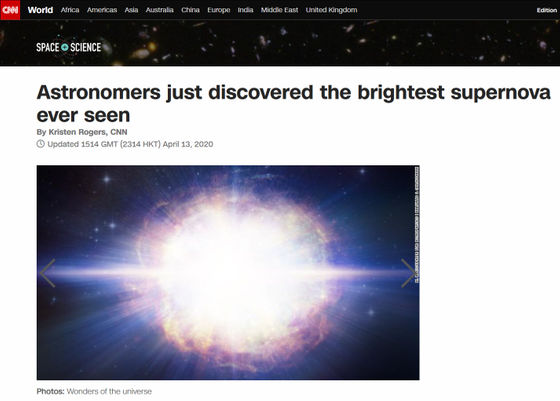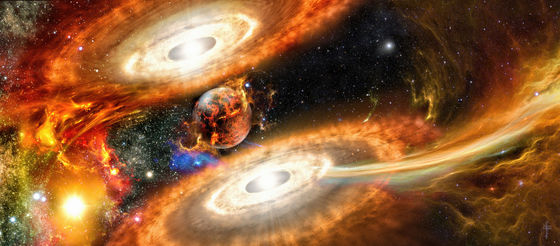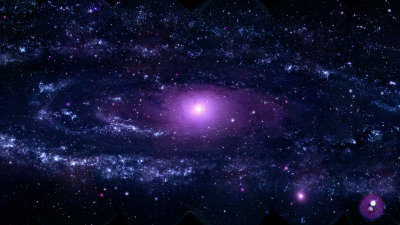A supernova explosion with the largest brightness in the history of observation at 500 times the normal is observed, and a surprising mechanism that'two explosions exploded after two giant stars' was also found

It was announced that the supernova discovered in 2016 by
An extremely energetic supernova from a very massive star in a dense medium | Nature Astronomy
https://www.nature.com/articles/s41550-020-1066-7
Scientists Discover Brightest Supernova Ever Seen2020-06 | www.cfa.harvard.edu/
https://www.cfa.harvard.edu/news/2020-06
Boom! Distant star explosion is brightest ever seen | Space
https://www.space.com/brightest-supernova-ever-discovered-sn2016aps.html
Scientists observe brightest star explosion ever seen-CBS News
https://www.cbsnews.com/news/scientists-observe-brightest-star-explosion-supernova-ever-seen/
The brightest supernova ever seen was just discovered-CNN
https://edition.cnn.com/2020/04/13/world/brightest-supernova-sn2016aps-scn/index.html

One of the big features of SN2016aps is the release of very large energy. According to a research team of Matt Nicole and others at the University of Birmingham, the total amount of energy released during the entire explosion process was about 10 times that of a normal supernova. 'This powerful energy output indicates that an incredibly huge star was the source of the explosion. Perhaps when the star was born,' said co-author of the paper, Professor Ed Berger of Harvard University. It would have been at least 50-100 times the mass of the sun. '
The research team believes that the huge star that caused SN2016aps was born because multiple stars collided before it exploded. Berger said, 'Massive stars usually have a large proportion of hydrogen blown out in a stellar wind before they start exploding. However, it was observed that the source of SN2016aps contained a large amount of hydrogen. From this, it is speculated that the stars, which have relatively low mass and hold hydrogen, have merged into a heavy hydrogen-rich star. '

by
Also, less than 1% of the total energy is emitted as light in a normal supernova, but about 50% of the energy becomes light in SN2016aps. As a result, SN2016aps recorded the highest brightness in the history of observation, exceeding 500 times that of a normal supernova. In addition, the explosion took two years before the brightness fell below 1% of its peak.
It is believed that the SN2016aps shined so strongly because it exploded in two stages. 'A spectroscopic follow-up study found that a few years before the supernova, the star that exploded was pulsating violently and ejecting a huge gas shell. I think the violent impact of the clash of shells and supernova explosions led to the incredible brightness of the SN2016aps. Simply put, it's like throwing fuel at a fire. '

Based on these characteristics, Mr. Nicol and others think that SN2016aps is a pulsating vs. unstable supernova . The existence of pulsating vs. unstable supernova has been known as a hypothesis for a long time, but it was never actually observed.
“The research team has been observing quirky and unusual supernovae, but SN2016aps is one of the best we've ever had.” Only one out of every 1,000 to 10,000 ends their life in this way, which means that SN2016aps is a very unusual and incredibly energetic phenomenon we were trying to find. That's it. '
Researchers speculate that these phenomena occurred more frequently in the early universe. Therefore, Mr. Berger said, `` Because it was found that a pulsating vs. unstable supernova-like phenomenon could actually occur, the James Webb Space Telescope , which is expected to be the successor to the Hubble Space Telescope, and the future construction of the Hubble Space Telescope By observing a distant universe with the Large Synoptic Survey Telescope (LSST) and looking for similar events, we hope to understand what exactly happened in the very early universe. '' I said.
Related Posts:
in Science, Posted by log1l_ks







